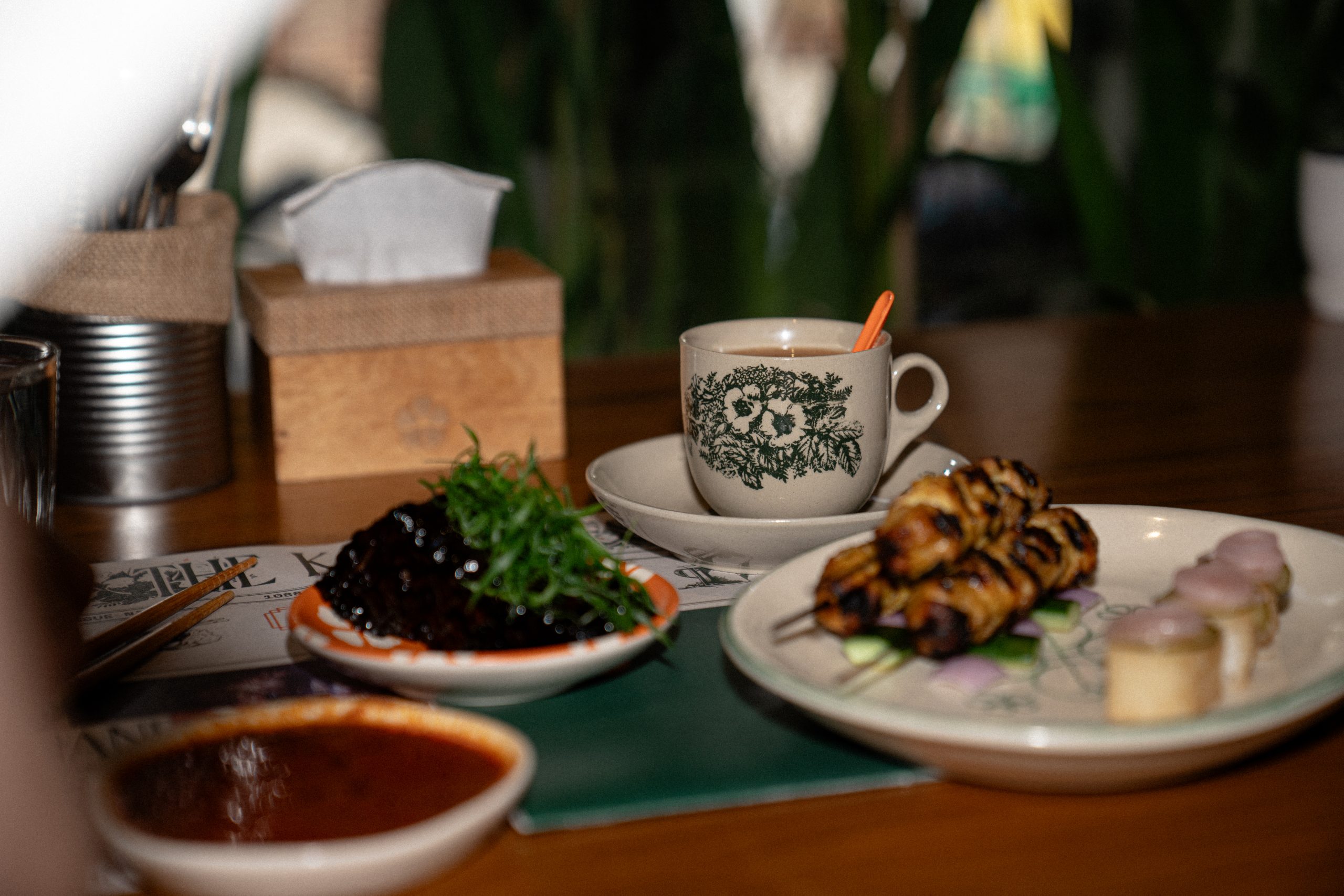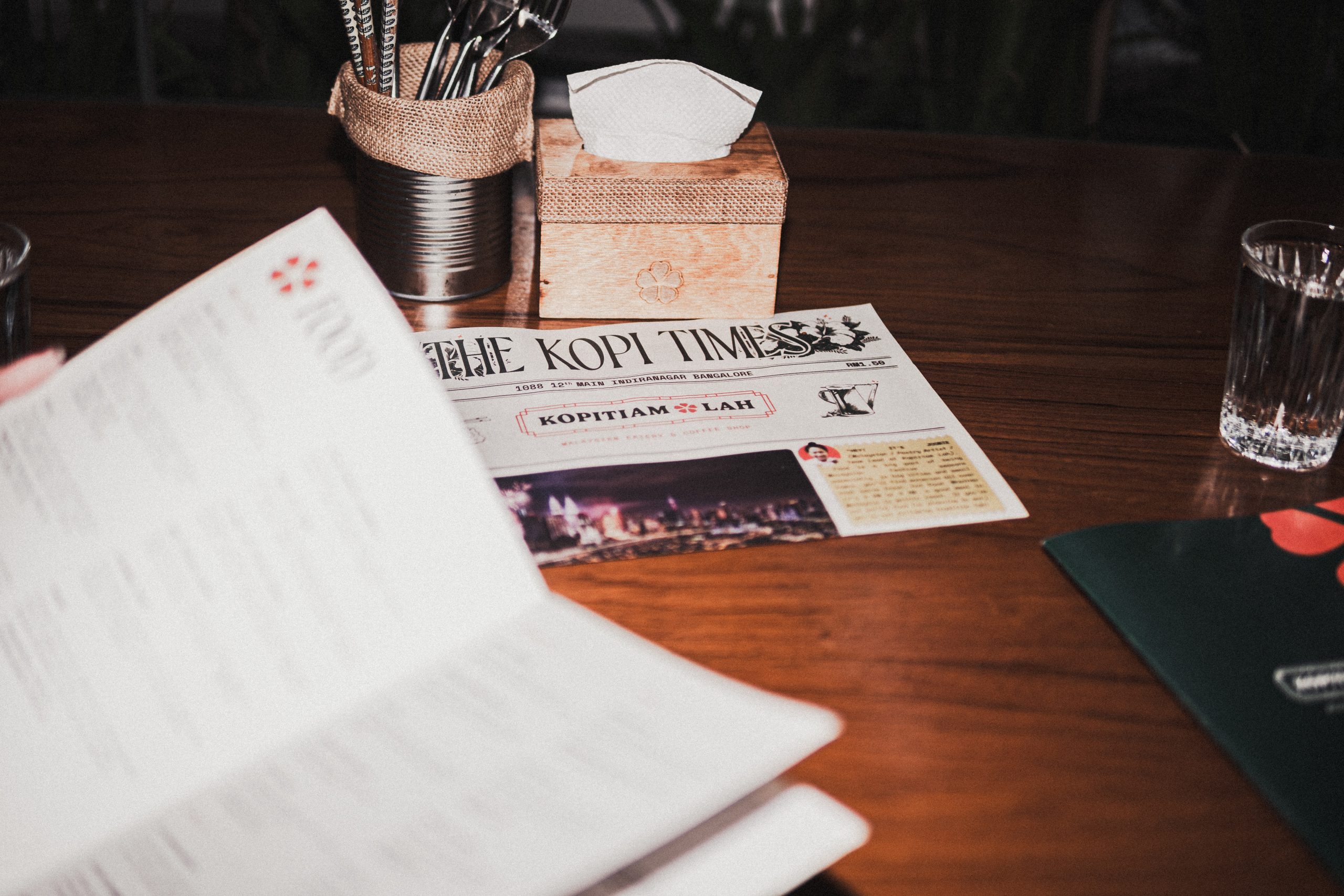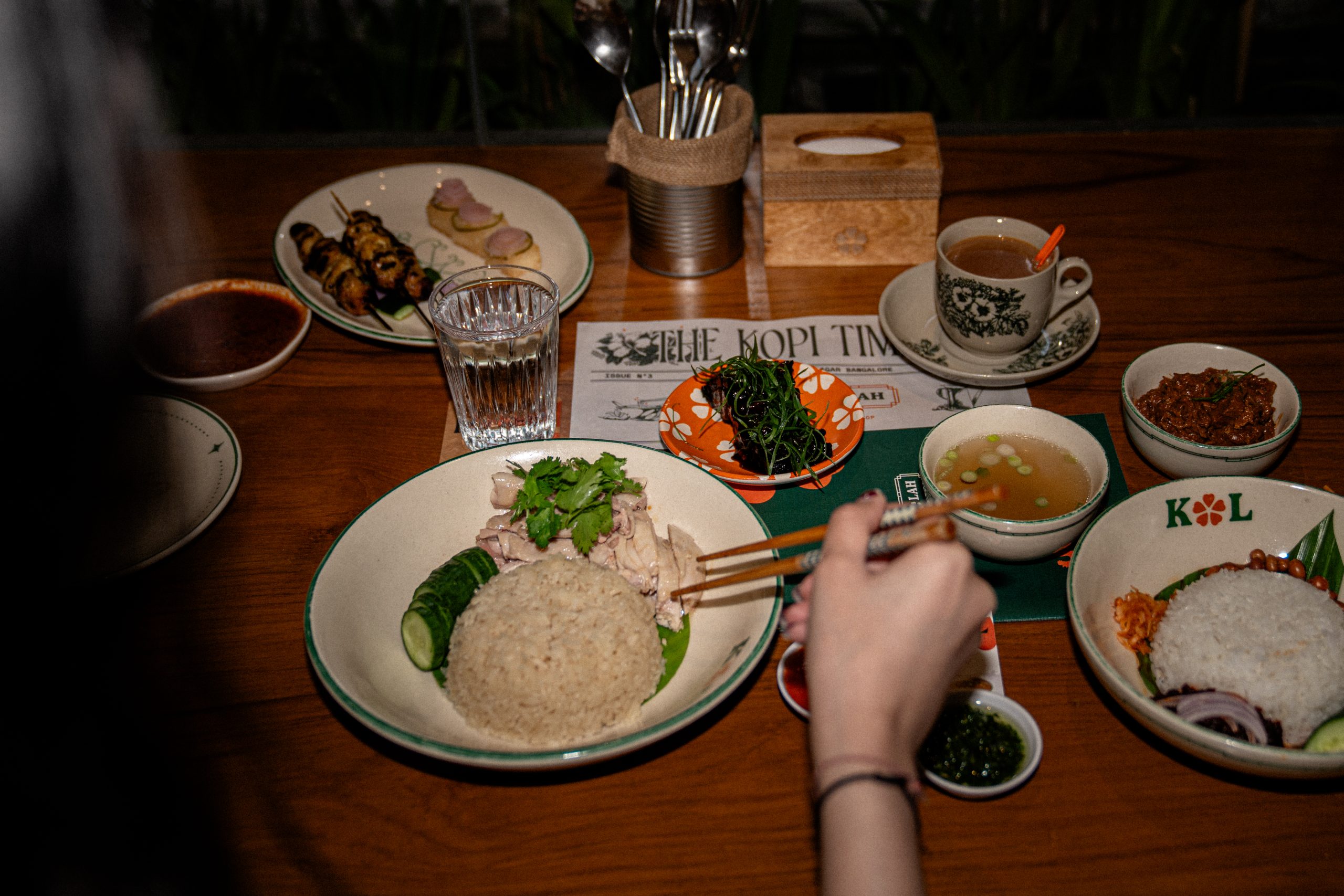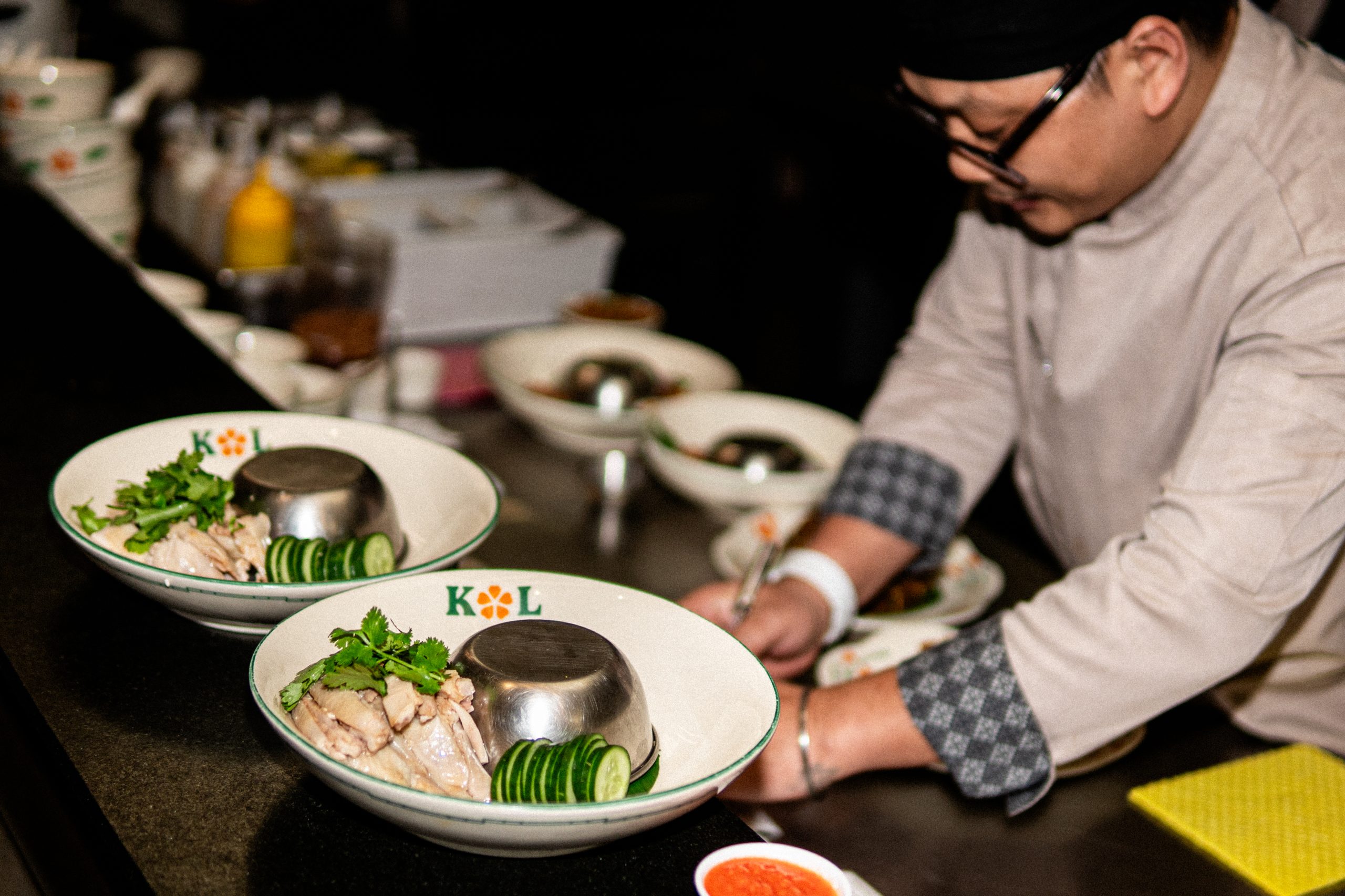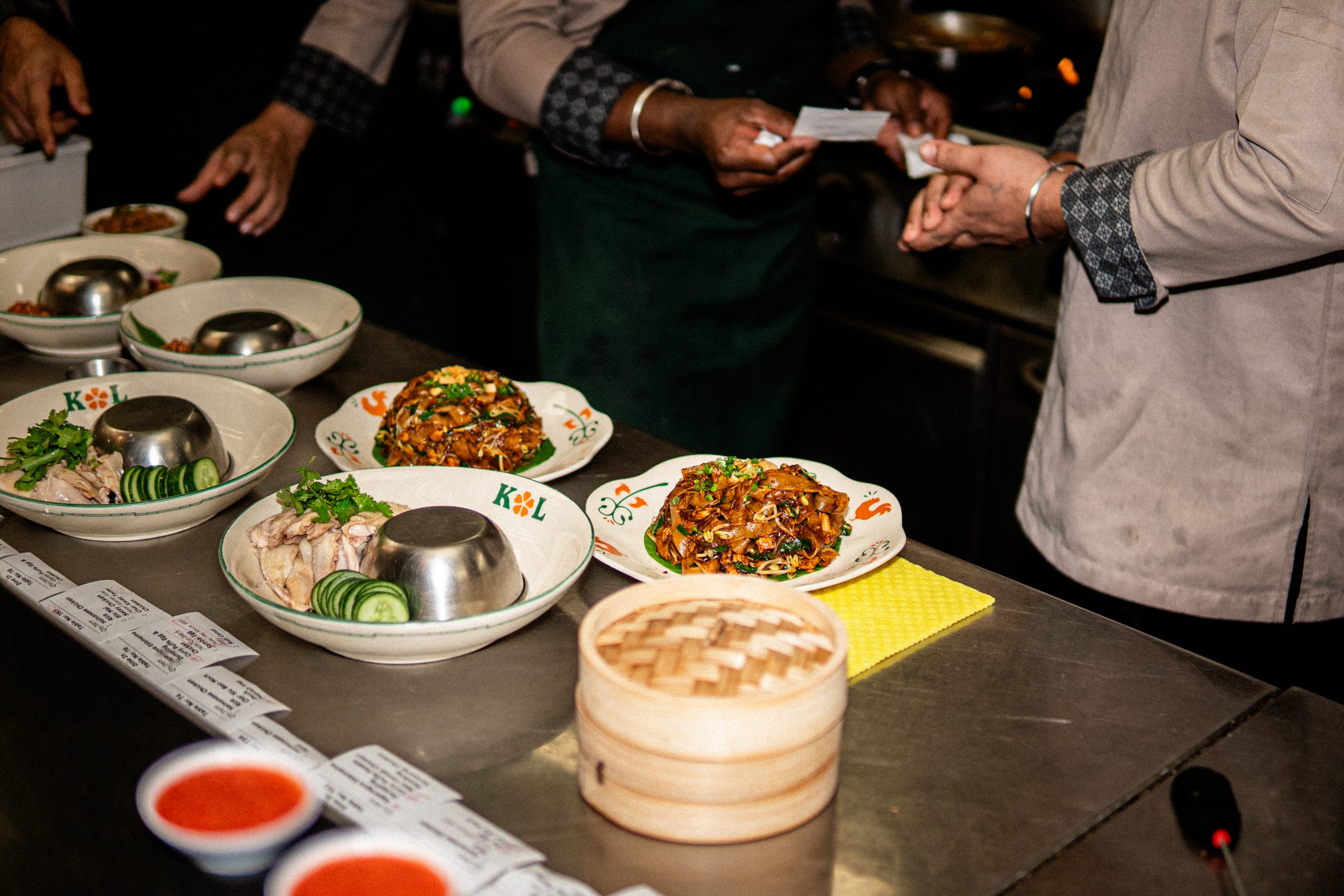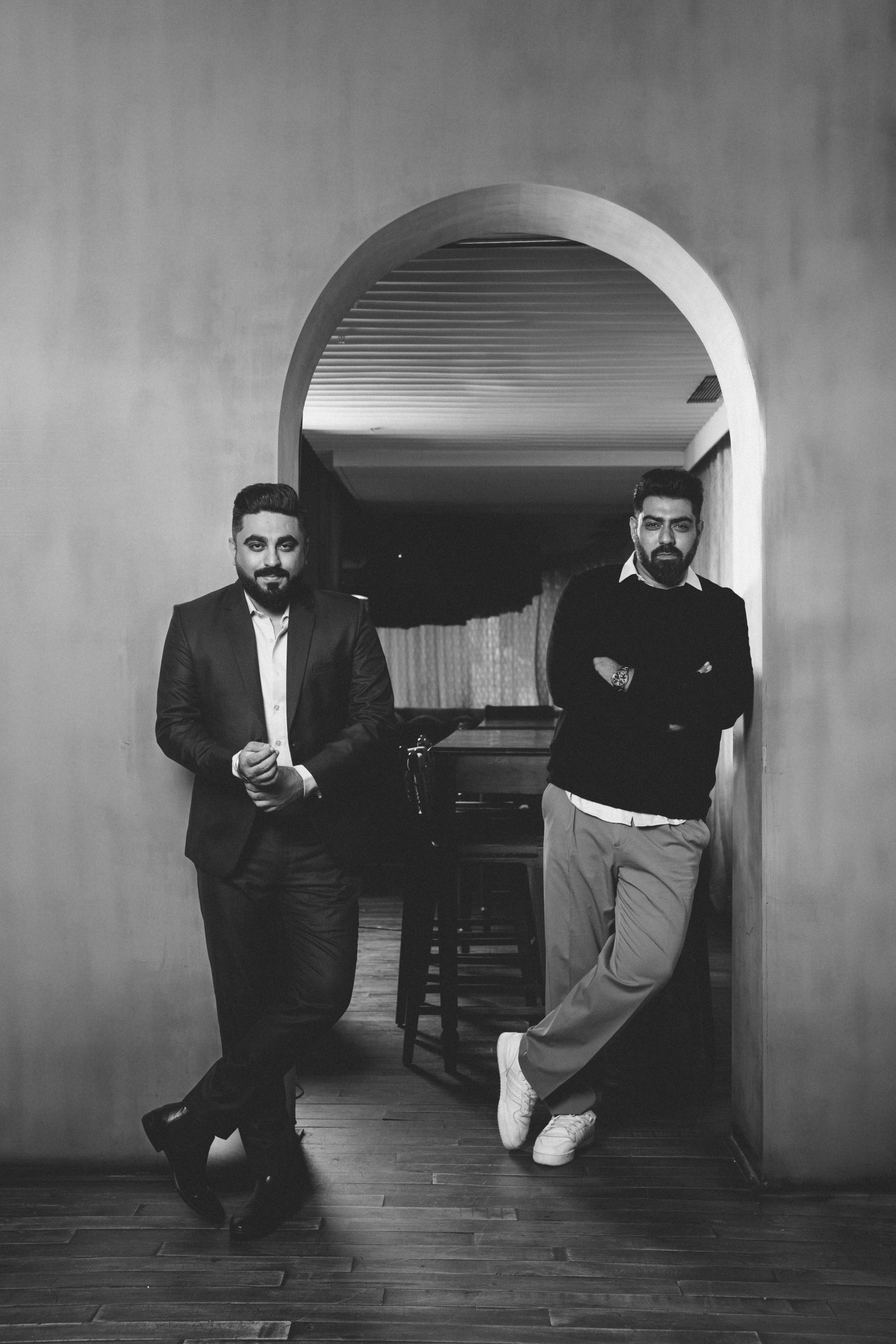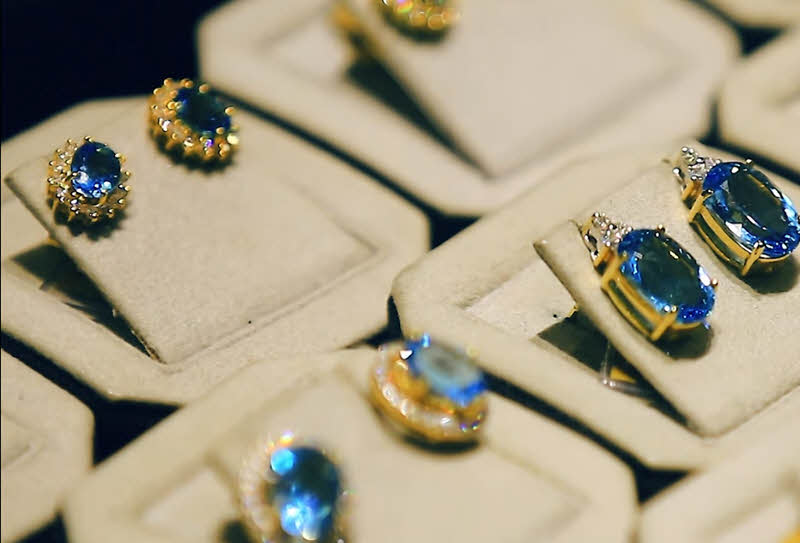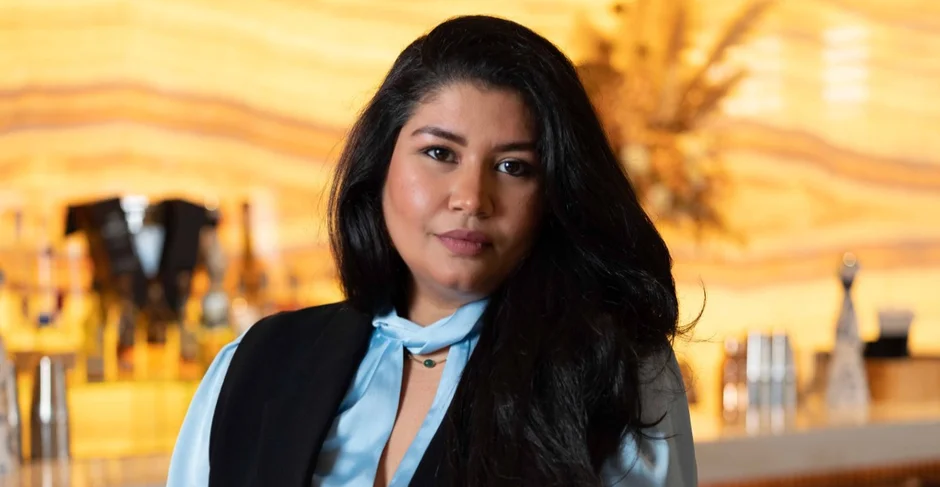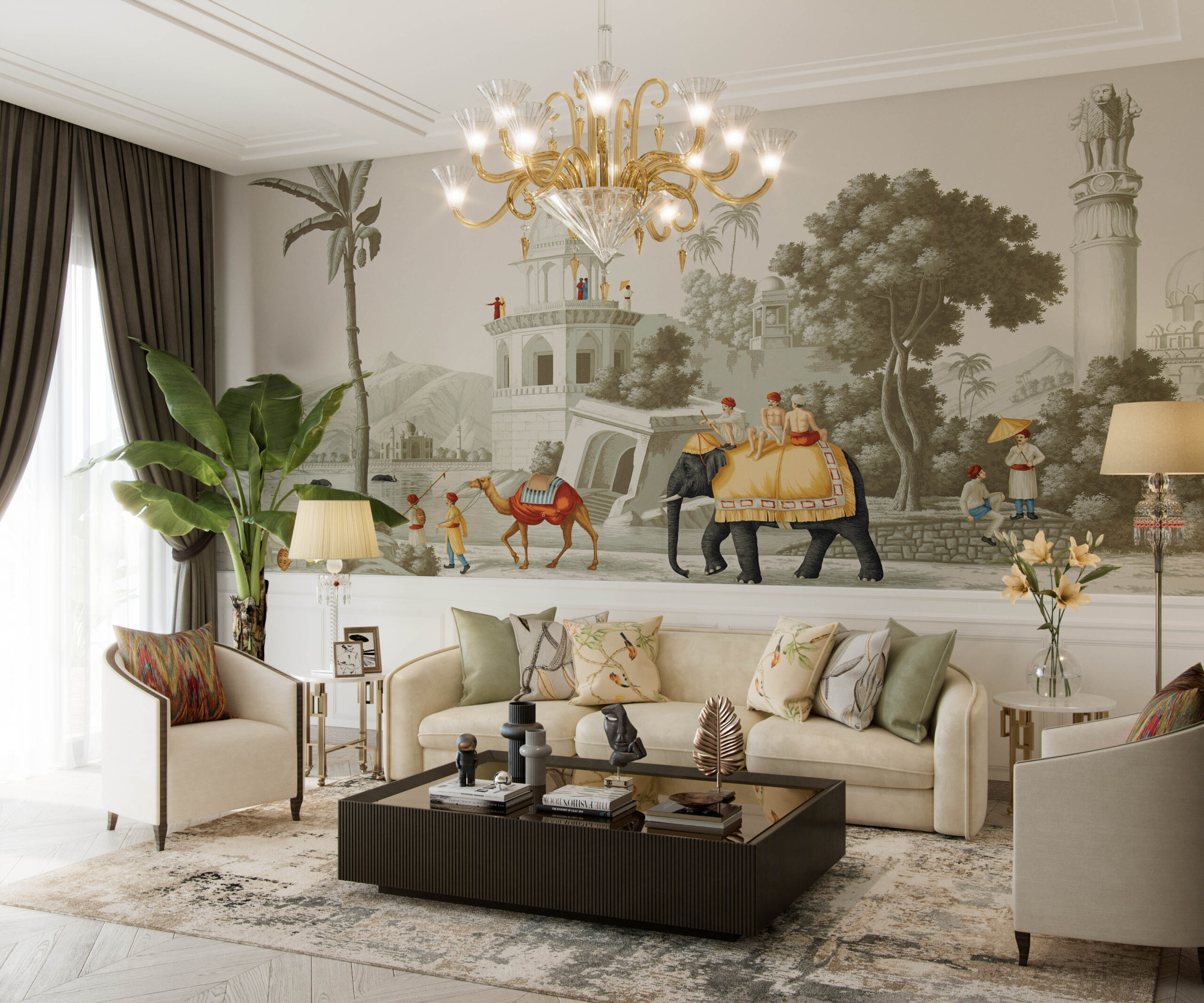The slow hiss of coffee being brewed, the warm aroma of nasi lemak, unassuming plates of kaya toast and generous serves of kopi (coffee) in thick porcelain cups — these are just some of the sights and sounds that greet you at Kopitiam Lah in Bengaluru. Every element, from the design to the food, is intended to evoke a sense of nostalgia that transports you straight to the streets of Malaysia, where kopitiams — as they are called in Hokkien (traditional coffee shops) — are a way of life, largely centred around community. Kopitiam Lah is built on a similar philosophy, driven by co-founder and team lead Joonie Tan’s personal memories.
Step inside and you are welcomed by iconic mosaic tiles — a staple in most kopitiams — round marble tables and wooden chairs, serveware featuring classic Malaysian designs such as hibiscus flowers, vintage artefacts, retro signage, and a menu that balances nuanced Malaysian flavours for the new-age diner, whether it be curry puffs, Hainanese omelette or iced milo peng.
We spoke with Joonie Tan and George Seemon, CEO and Design Director of Stapati Architects, about bringing an authentic kopitiam experience to the city.
From menu to table.
Tell us a little about how you conceptualised Kopitiam Lah. What did you have in mind, and was it easy to execute something so deeply personal and offer it to the Indian customer?
Joonie Tan: George and I have been friends for a long time, and we’ve always talked about doing a project like this together. When we began this idea, we didn’t exactly have a clear vision or reference point in mind — we just knew it had to be a Malaysian coffee shop. To seek inspiration, we decided to go on a field trip to Malaysia and visit all kinds of kopitiams — from supertraditional ones hidden in bylanes to contemporary cafés located in shopping centres. We managed to see a great deal in those two days, covering Kuala Lumpur and Malacca. That really gave us an idea of what we wanted to achieve. Even with the menu, we have tried to make tweaks to some dishes so that they cater to the Indian palate, yet remain rooted in their culinary ethos.
George Seemon: The brief Joonie gave me was simple — it was important to understand what kopitiams reflected and stood for in Malaysia and to translate that into the space here. For instance, kopitiams are not about making a statement or being classist. They are as common as a chai kada is to southern India. So, we took our interpretation of a classic kopitiam. When it came to aesthetics, Joonie was more than happy to give me control. During our trip to Malaysia, we sourced the iconic tiles that we used for the flooring, brought back nearly 200 to 300 coffee cups, and used classic patterns as inspiration. We must have visited well over 10 kopitiams in those two days and packed in several breakfasts, lunches and dinners. Nearly every antique and vintage artefact you see in the café has been sourced from Malaysia — not just for the sake of filling the space. We were determined not to use anything local, in order to keep it as authentic as possible.
Wholesome meals being crafted.
Joonie, is Kopitiam Lah heavily influenced by your personal memories?
JT: I’d definitely say so. Growing up, I have fond memories of shared meals with friends and family at kopitiams back home in Malaysia. I remember sitting with my family over kaya toast and milo early in the morning, accompanied by steaming cups of kopi. That is the experience I wanted to bring to diners here in Bengaluru. In fact, we have so many Malaysian patrons who have visited our café and told us it reminds them of kopitiams back home. At every stage of designing the space, George would ask me if certain elements brought back memories. You will find such pieces of nostalgia throughout the café.
GS: There is one interesting thing I want to point out. Joonie wanted to recreate the authentic kopitiam experience. So much so that when we were deciding on the music for the café, she insisted on adding Kuch Kuch Hota Hai because that is what some kopitiams seem to play in Malaysia as well!
Tell us about some of your favourite design aspects of the space.
GS: I’d say two things stand out for me. One is the flooring, which is iconic in many ways. Nearly every kopitiam we visited in Malaysia had these geometric, patterned green and white mosaic tiles — we simply had to replicate that here. Secondly, we noticed several South Indian architectural references such as grill patterns in Malaysian kopitiams. These are also common in South Indian homes here in India, which created a strong connection that we have used in the design of the café, such as in the grill gates.
JT: One thing I really like about the café is the inner section — the way the chairs and tables are arranged to allow for more intimate conversations and meals, and the seamless flow of the bakery corner. It really feels like the kopitiams where I spent countless hours, and it takes me right back to Malaysia.
How did you balance making Kopitiam Lah relevant to the Indian customer?
JT: Right from the start, we knew we had to strike the right balance between a very traditional-looking kopitiam and one that is also modern in its sensibilities — both in the food and the decor. We wanted to preserve its essence, yet make it relevant for our diners. With George’s expertise, we achieved that.
GS: If you look, we haven’t tried to reinvent the wheel entirely. For instance, traditional kopitiams often have motifs on the chairs. We chose to print them on cushions instead. Visit any kopitiam in Malaysia and you will find mirrors with good-luck messages written on them. We did a spin on this by using lights on a mirror that also hides a Malaysian riddle. We have tried to maintain a good balance of traditional and contemporary.
Words by Arzoo Dina
Feature image courtesy Anush S Kumar for Svasa Life.
